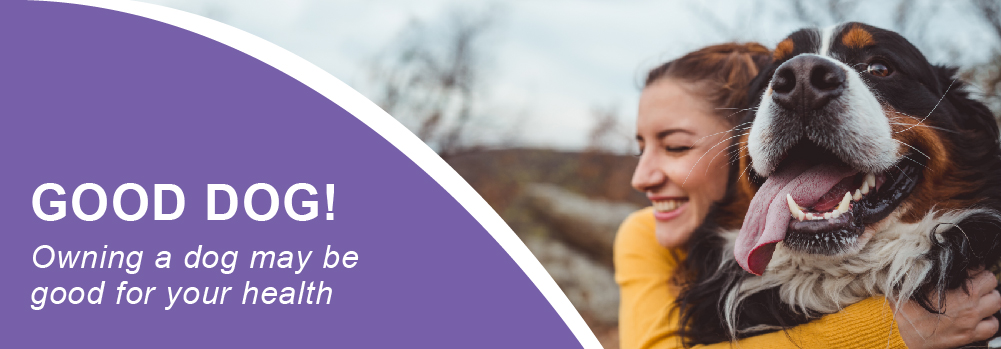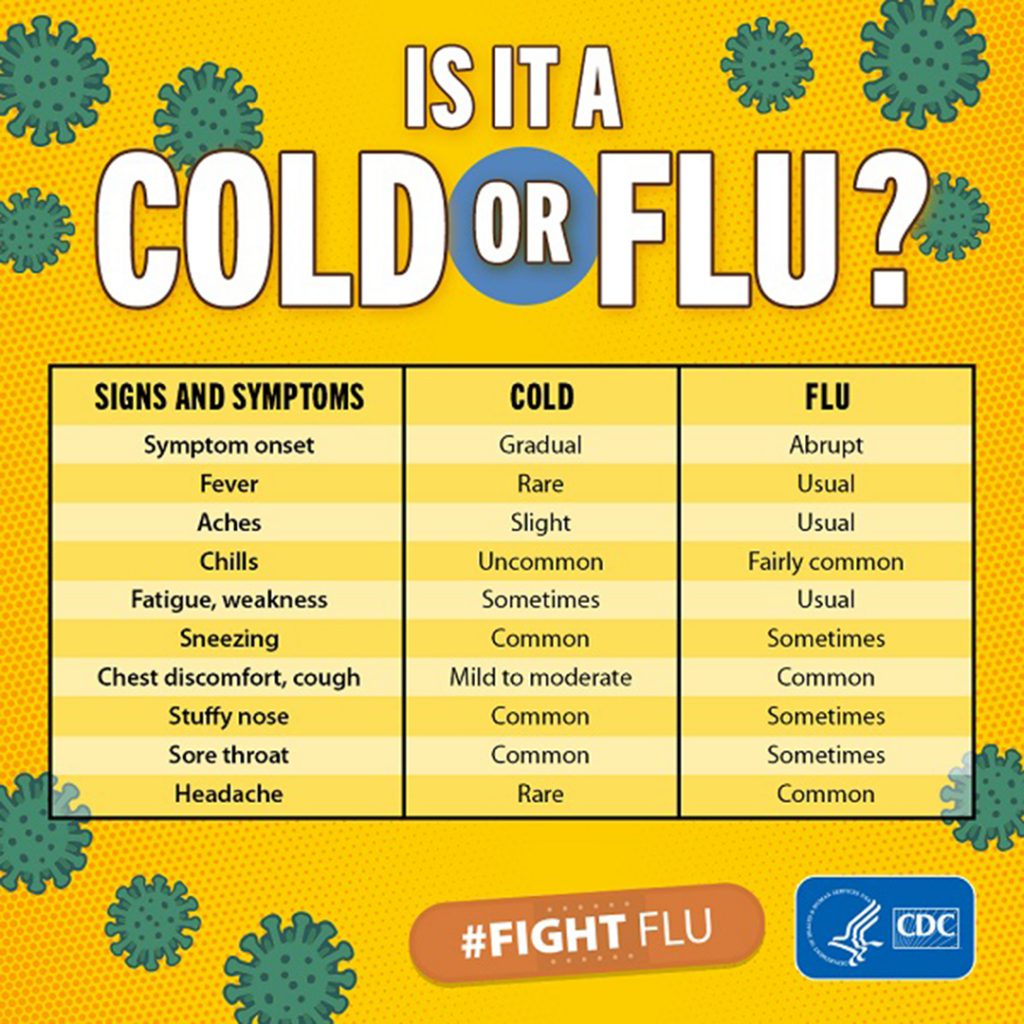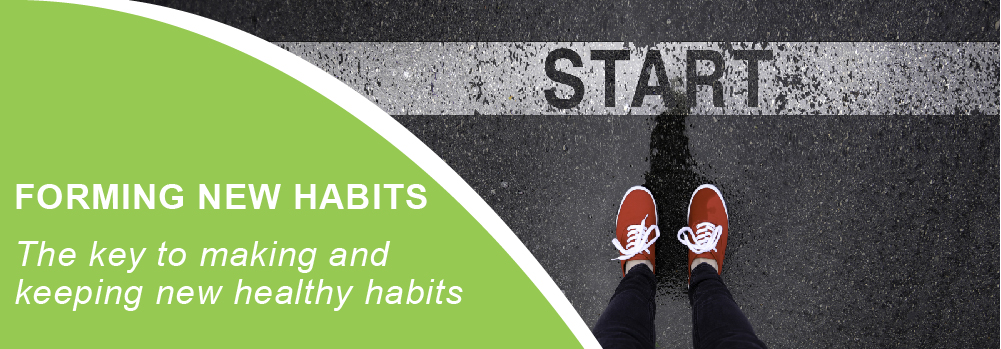Owning a dog may be good for your health.

If you’re a dog person, you are familiar with the warmth a pup can bring into a home. Dogs are always happy to see “their person” and provide endless affection and joy. It tuns out, they do all that and more – owning a dog may actually be good for your health. According to the CDC, some of the health benefits of pet ownership include: decreased blood pressure, decreased cholesterol and triglyceride levels, reduced depression, and improved physical health. Owning a dog is not the sole answer to reducing heart disease or high blood pressure, but it may be a practical part of your overall strategy. So, how do those puppy dog eyes positively impact a person’s health? Read on for four ways a four-legged friend may improve your overall wellbeing.
Get and stay active. There are few things to motivate someone to get off the couch and take a walk like a whining dog. Dog owners are more likely to meet fitness recommendations each week than a person that does not own a dog. Whether taking the pup for a walk, or stepping outside to toss a tennis ball, dogs motivate their owners to get active.
Reduce stress. Dog are trained to be therapy or service animals for a reason. They have been found to reduce anxiety and blood pressure and increase serotonin and dopamine (neurochemicals that boost your mood and overall wellbeing).
Improve your mood. Dogs may even help keep depression at bay. In addition to increasing serotonin and dopamine, they provide structure and meaning to their owner’s life (as an owner, you must get up in the morning to walk or let your dog out), encourage socialization and prevent isolation and loneliness. For some, having the structure and companionship of a pooch can help protect against cognitive decline and depression.
Benefits for kids. There is evidence that exposure to a pet at a young age may lower the risk of becoming allergic to animals later in life. Little ones may even develop a stronger immune system. Dogs also present an opportunity for children to learn about responsibility, empathy and independence.
While dogs provide several health benefits, there are also risks associated with having a dog in your home. Dogs and other pets cause a number of falls each year, especially for older adults or people with mobility issues. If you’re considering adopting a dog, chat with your doctor first.



